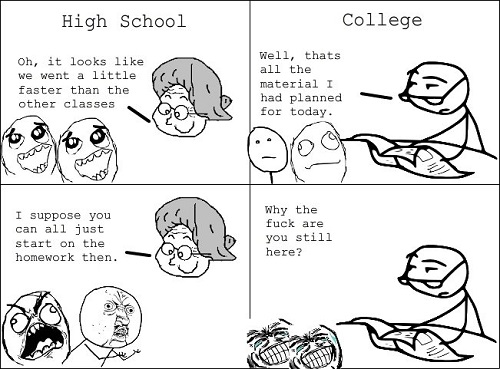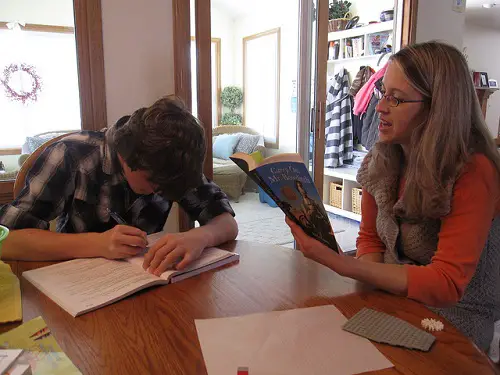What is Traditional Curriculum?
Traditional curriculum, or traditional education, is the most widely accepted form of education. It goes by various names, “back-to-basics education”, “customary education”, “conventional education” … but they all represent the same thing – a teacher-centered style of education which requires the students to obediently receive the information transferred by the teachers. The information that is going to be taught to students is decided on by the adults, based on what they deem will be useful for the next generation in their academic and social lives.

What is Progressive Curriculum?
As opposed to traditional curriculum, the progressive curriculum suggests a different approach to education, where the focus would be on the students as individuals instead on the teachers. The teachers would cease to be the authorities that are transferring predefined knowledge, but rather only facilitate students’ research and development. School wouldn’t be represented as preparation for life, but would rather be a part of life, a process of learning and discovering that would last throughout the life of every student. Parents wouldn’t just be outsiders, but would become actively involved in the education of their children. Basically, it’s a reform of the traditional education, changing many fundamental aspects of it. However, it’s not as universally accepted yet, although it is becoming increasingly implemented in many schools across the world.
Similarities between Traditional and Progressive Curriculum
These two educational systems are fundamentally different. While one supports the idea of teachers representing an authority which is supposed to directly transfer knowledge and experience chosen by the adults, the progressive curriculum turns the focus on the students, making teachers only a firm and healthy background and information source during the development of the students.
Usually, classes in schools supporting the progressive curriculum would be smaller than in those supporting the traditional one. This is to ensure that the students get as much personal and individual attention from the teachers as possible, while also maintaining a sufficient amount of students in a class to allow them to develop the social skills necessary for future work and life in general. The traditional system is mostly theoretical – knowledge is transferred through lectures, sheets, notes and textbooks, without much practical involvement and usage of the knowledge gained during the education.
The progressive system is quite the opposite in that regard – it encourages direct experience, play, and social interactions. Furthermore, the traditional system will support knowledge in many areas, subjects and classes, while the progressive system focuses on the main interests of the students and gives very deep and detailed information about those subjects, ultimately focusing the education to those subjects that are most interesting to the student at hand.
Really, there is only one similarity between these two systems – and that is just the fact that they are both a curriculum, they both represent a certain plan on how to educate students, with in-depth analysis of the role and function of teachers and students, along with the methods that would be used in classes.
Summary
Which of these two systems is more efficient and provides higher quality of knowledge is an open problem, on which many interesting debates have happened. Overall, however, there aren’t many similarities between the two systems, except for the very fact that they are representing a plan on how to educate students. They propose fundamentally different methods and structures of lectures and classes, and assign completely different roles to teachers, students, parents and the community in general. They would have different class sizes, students would study different subjects in a different manner, and the method used when teaching would be different, as well.
Author: Dr. Howard Fields
Dr. Howard is a Clinical Psychologist and a Professional Writer and he has been partnering with patients to create positive change in their lives for over fifteen years. Dr. Howard integrates complementary methodologies and techniques to offer a highly personalized approach tailored to each patient.












Leave a Reply